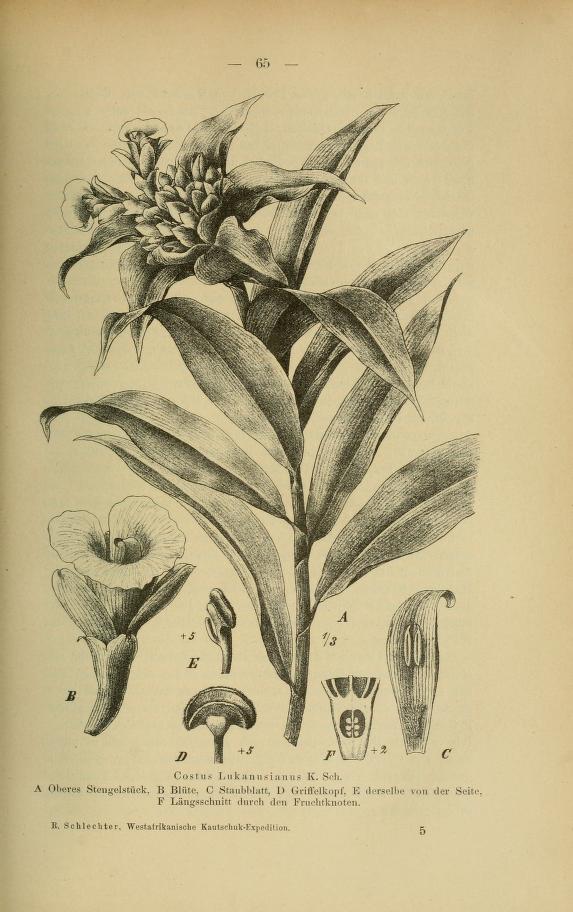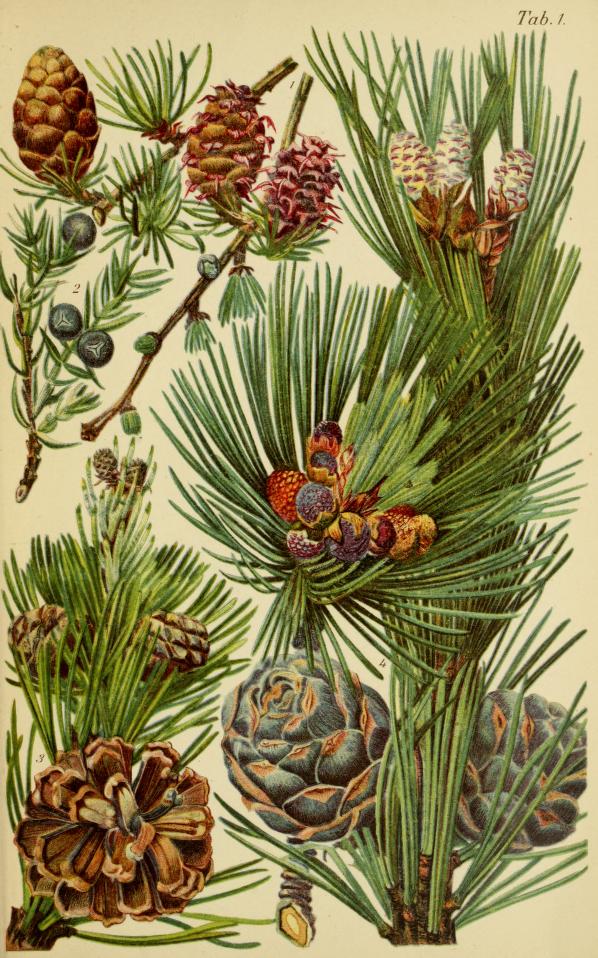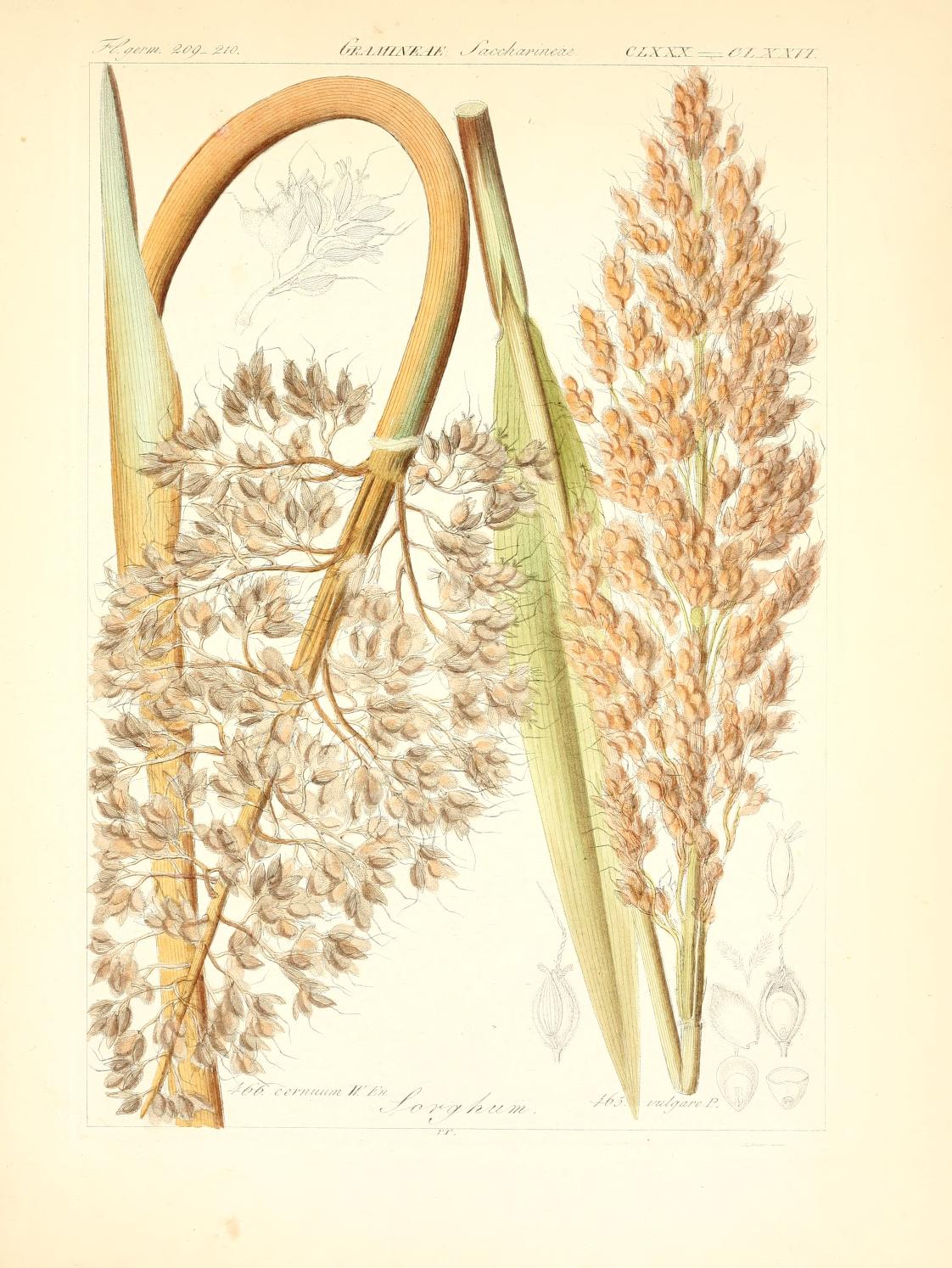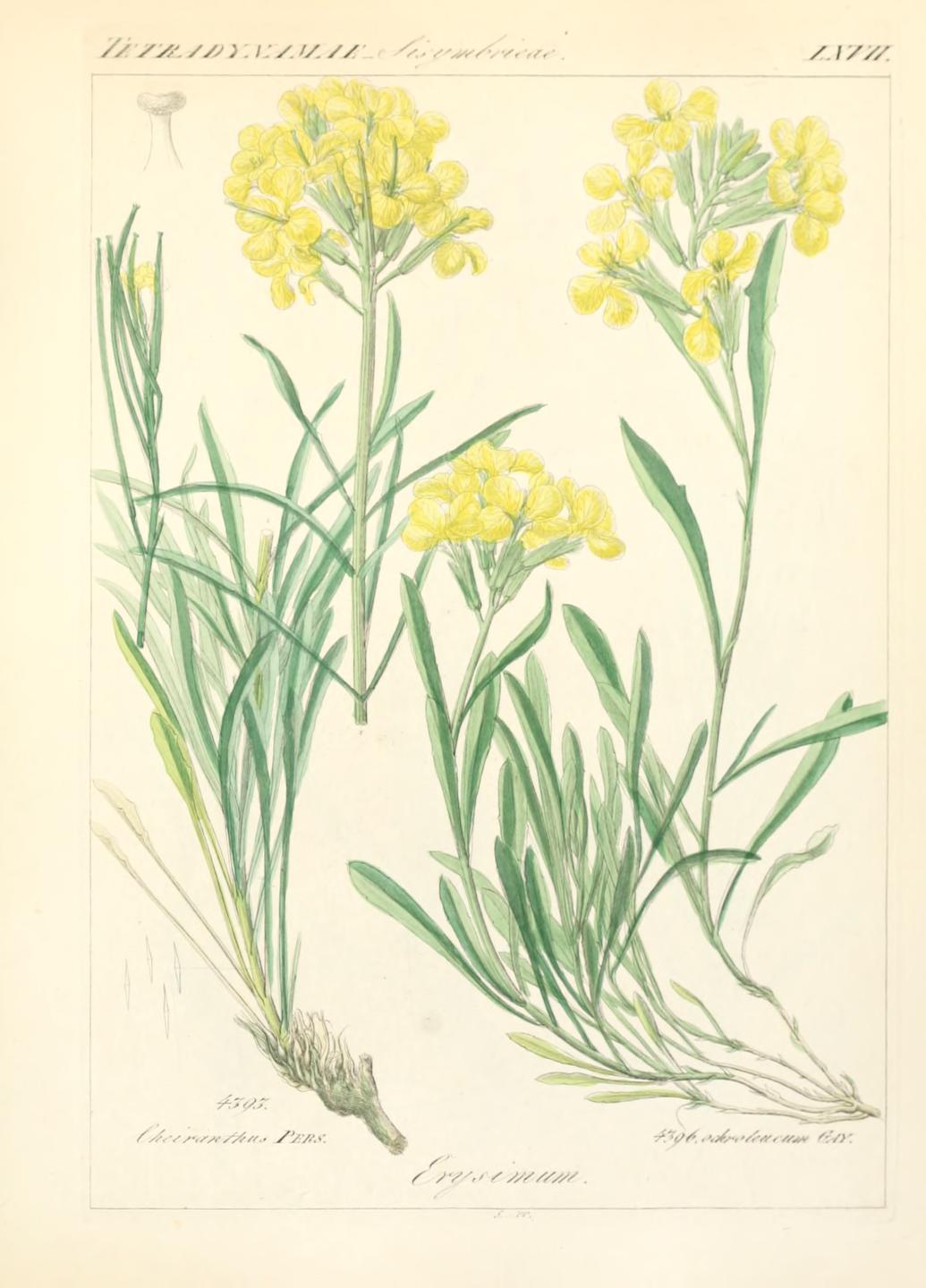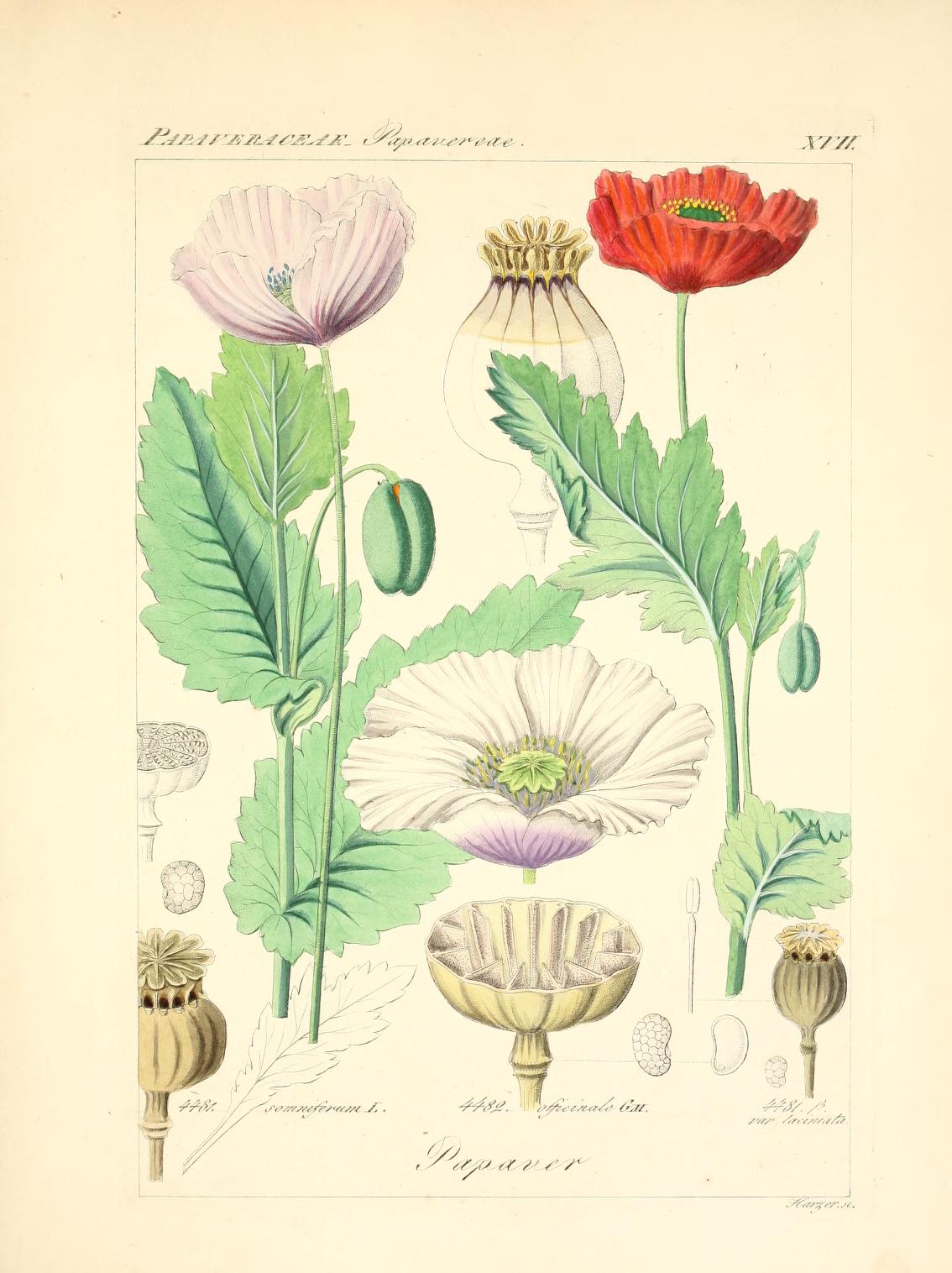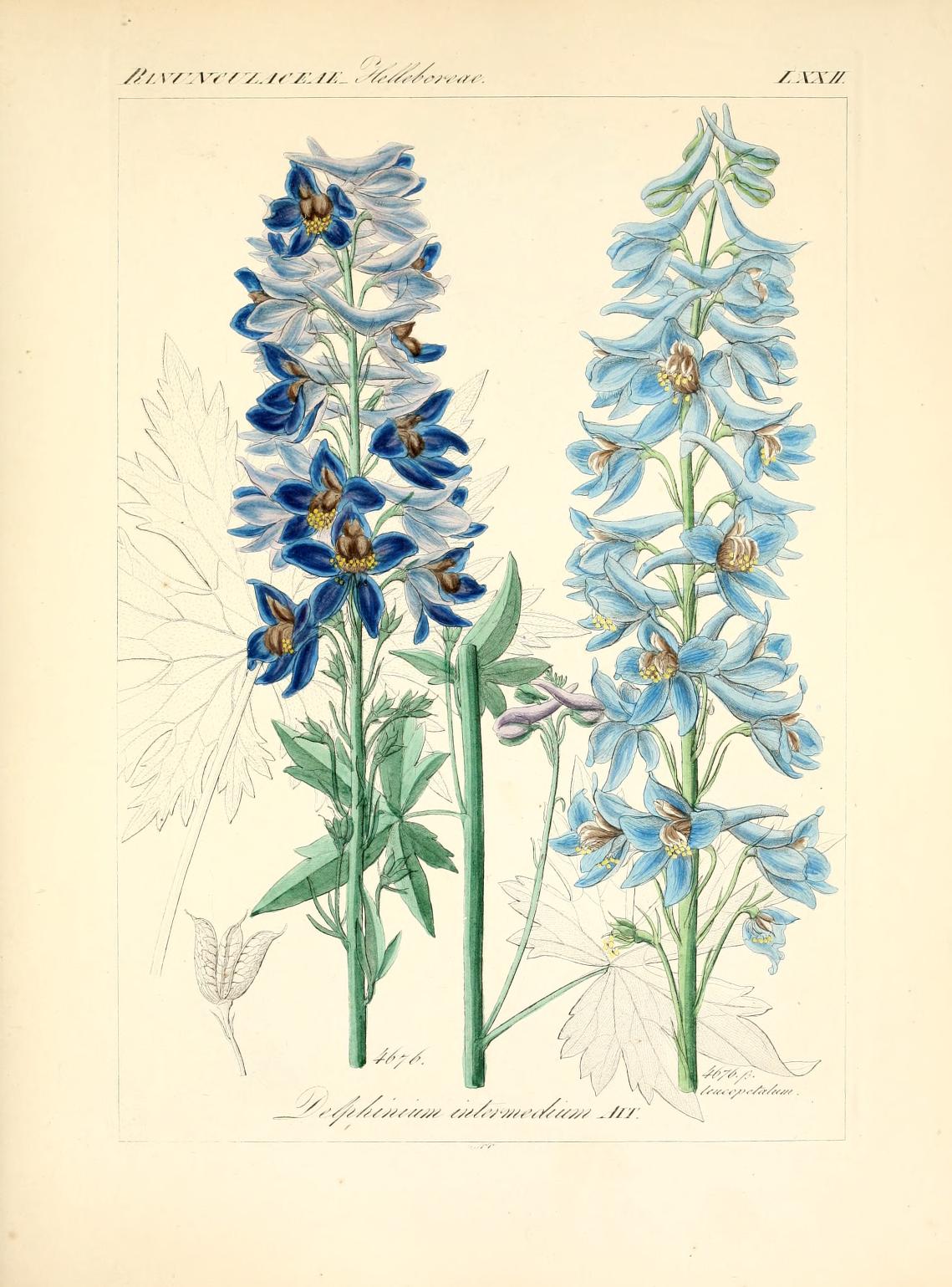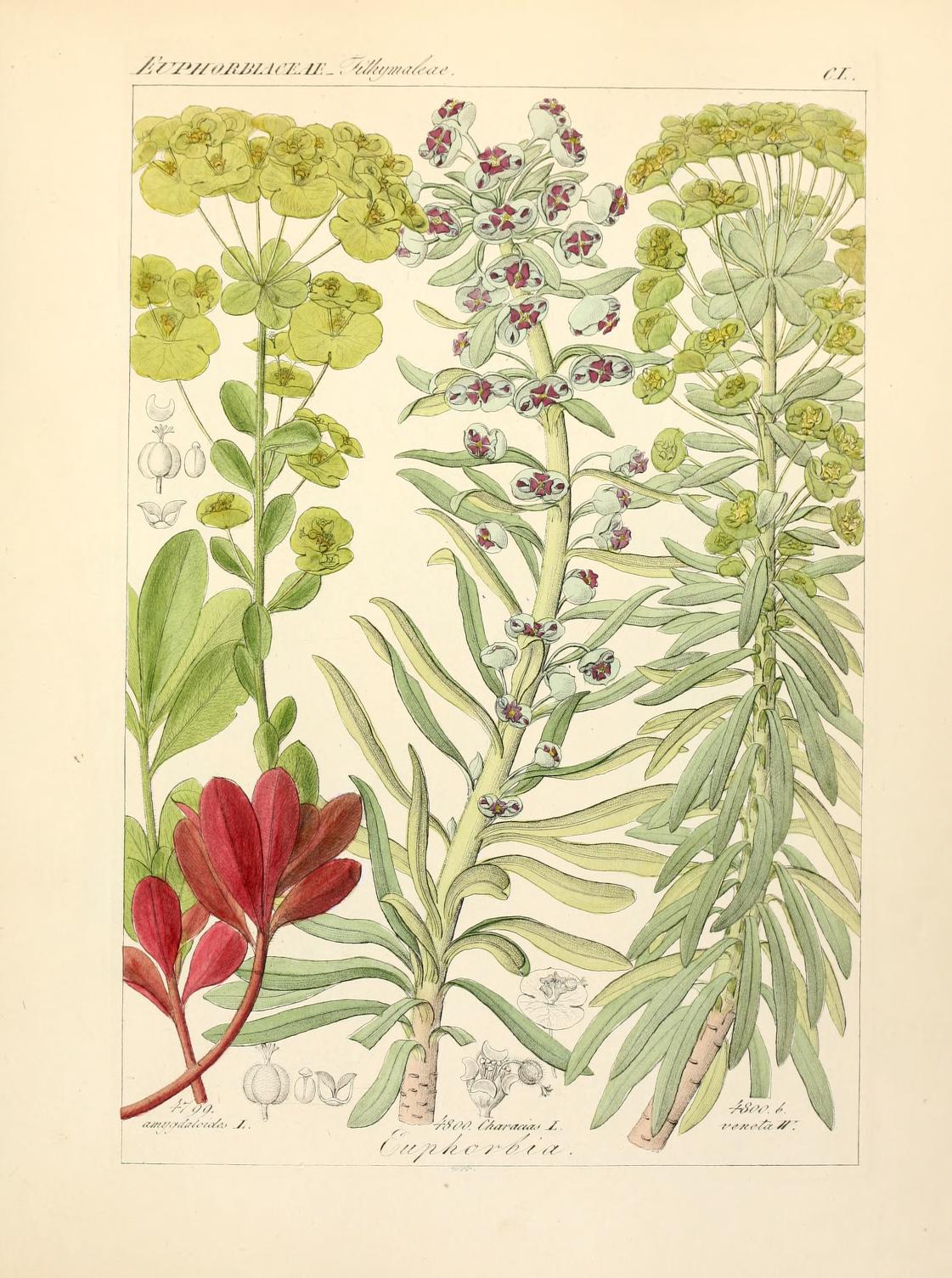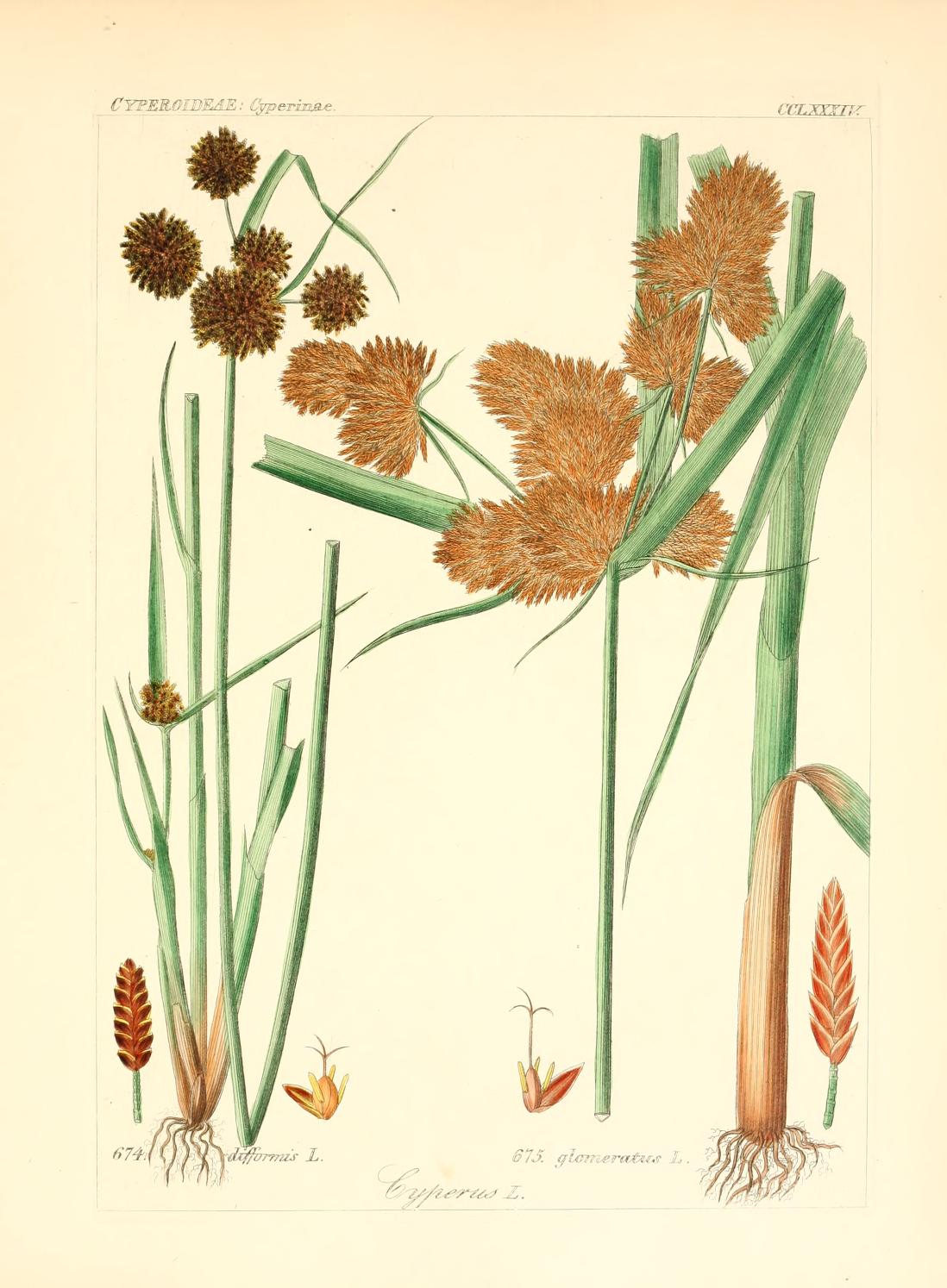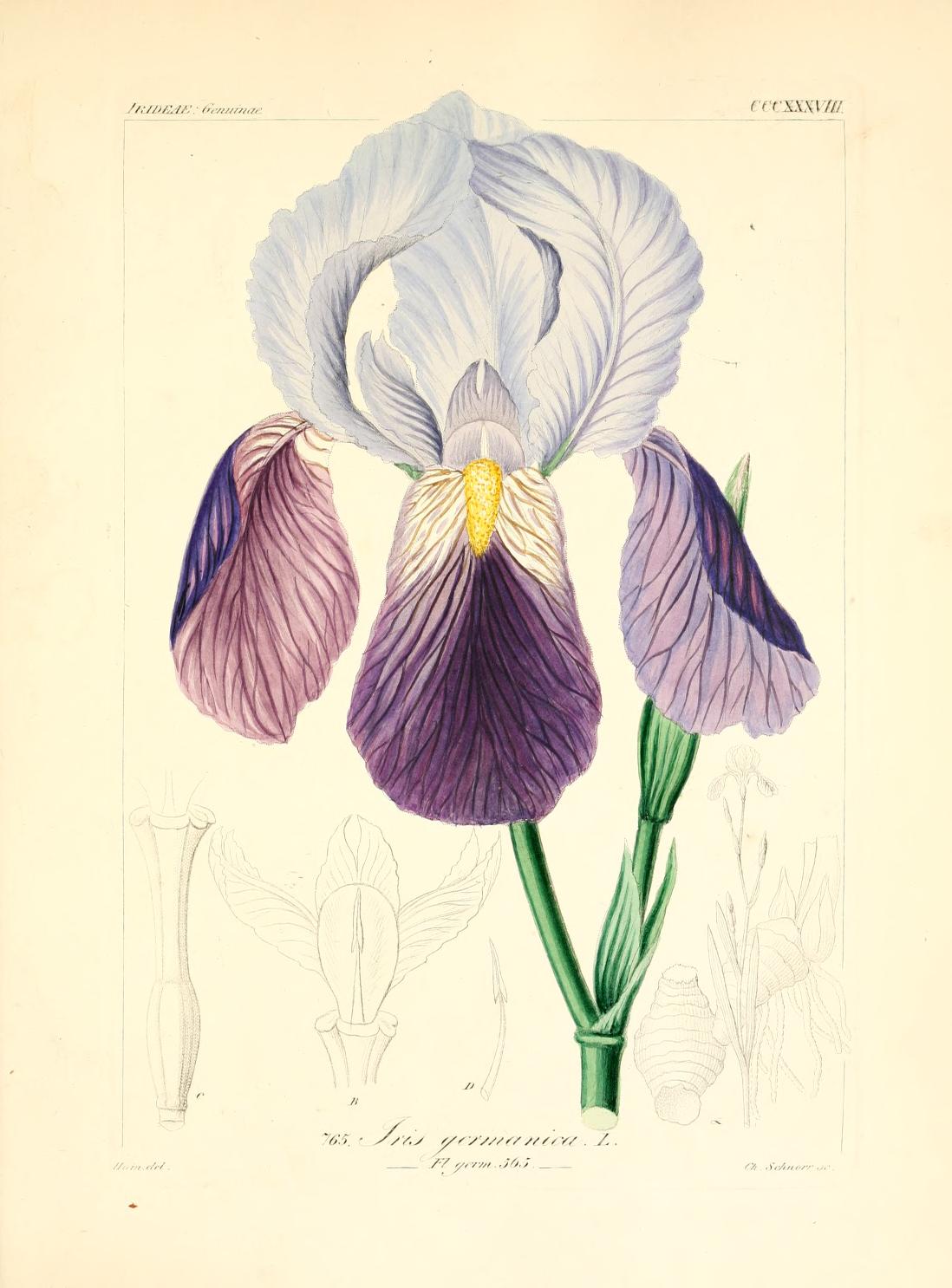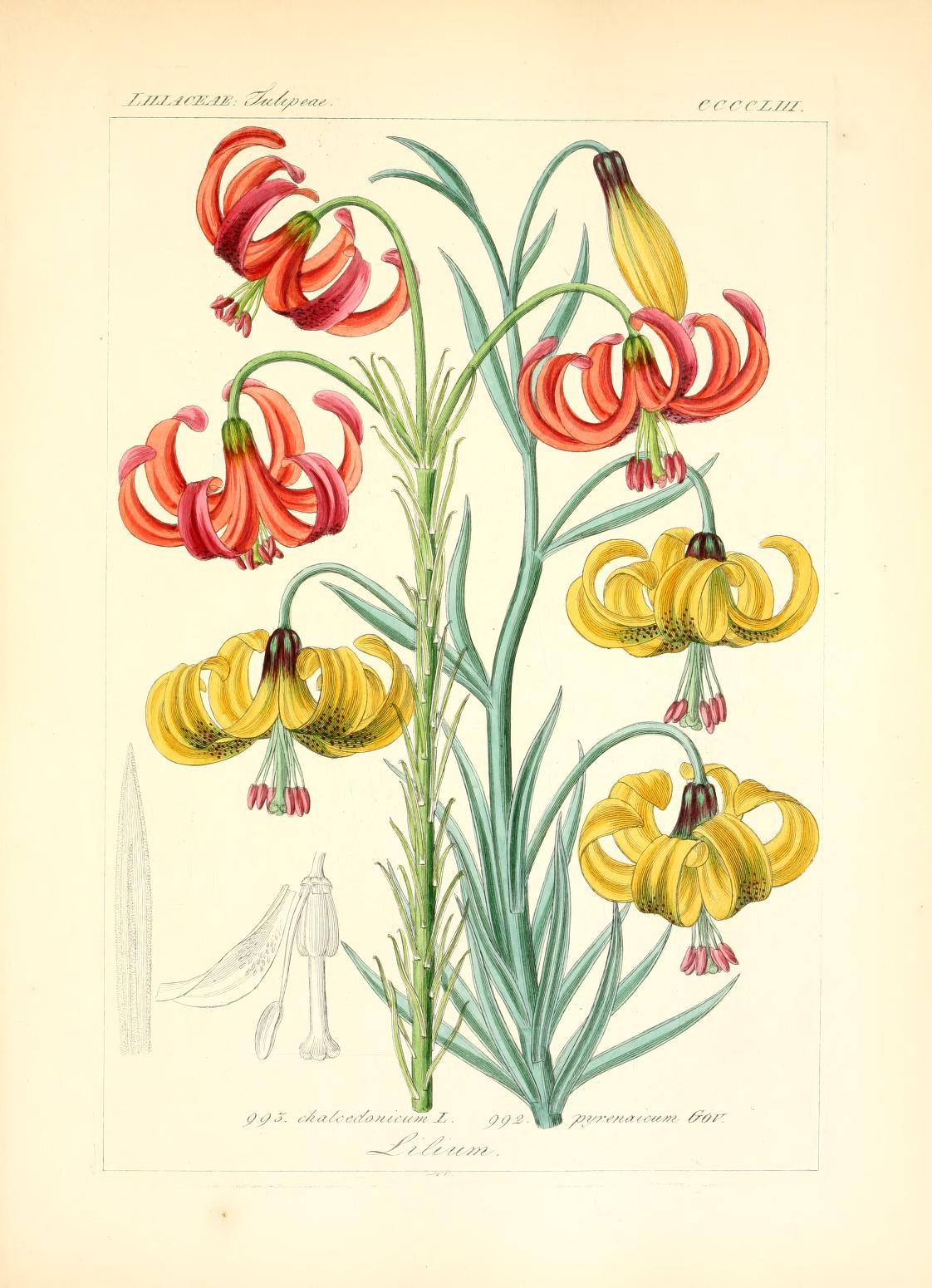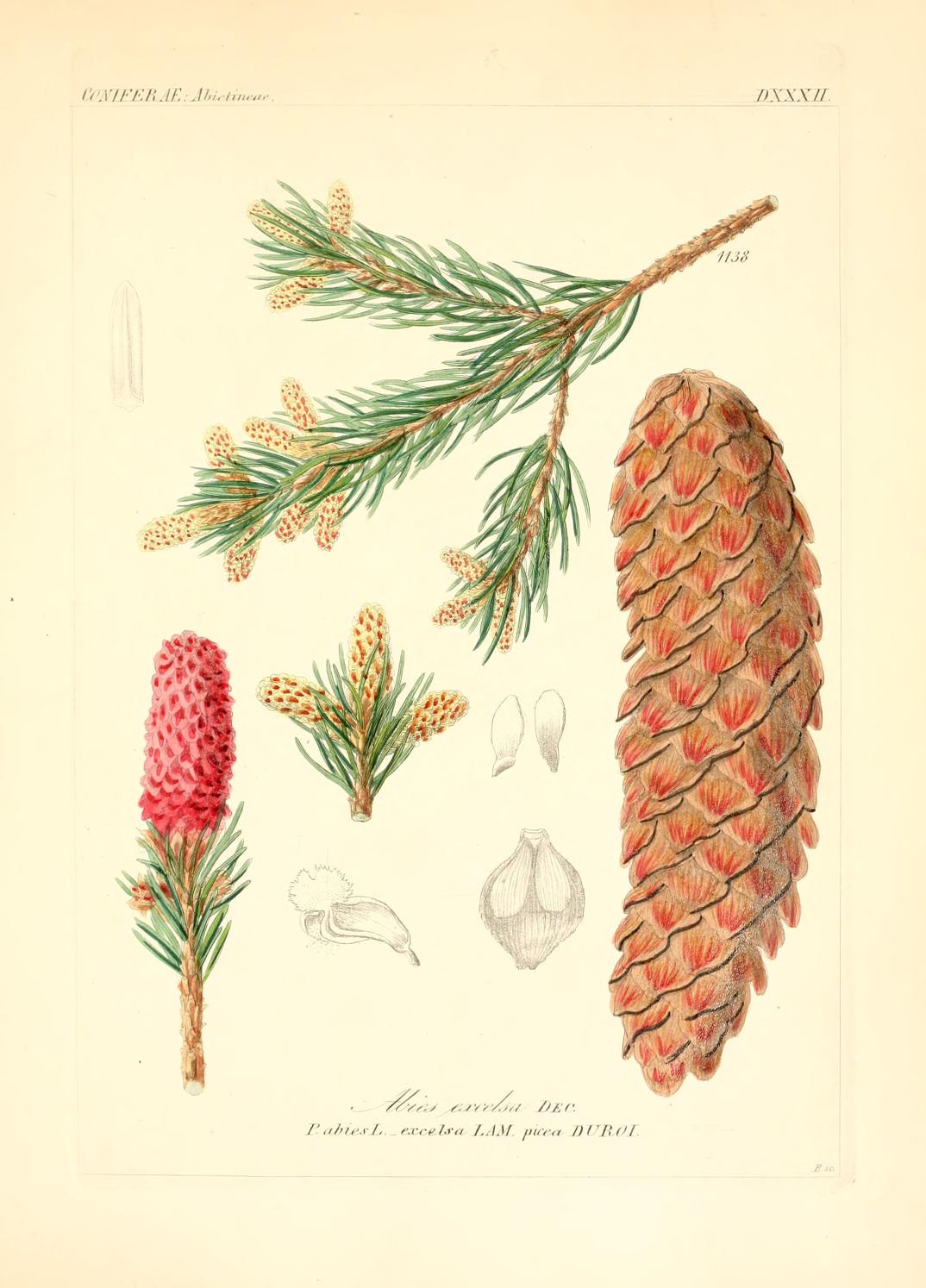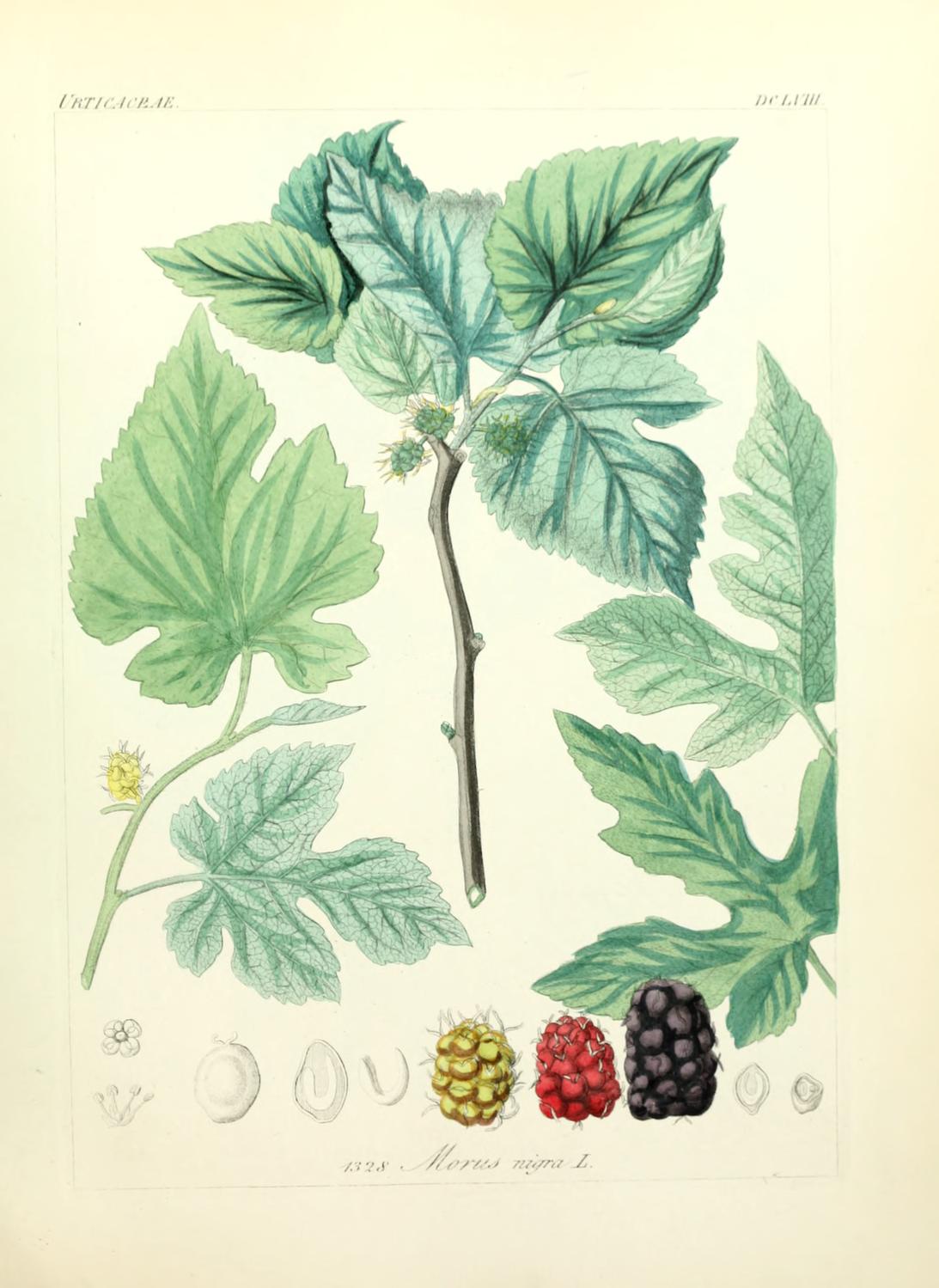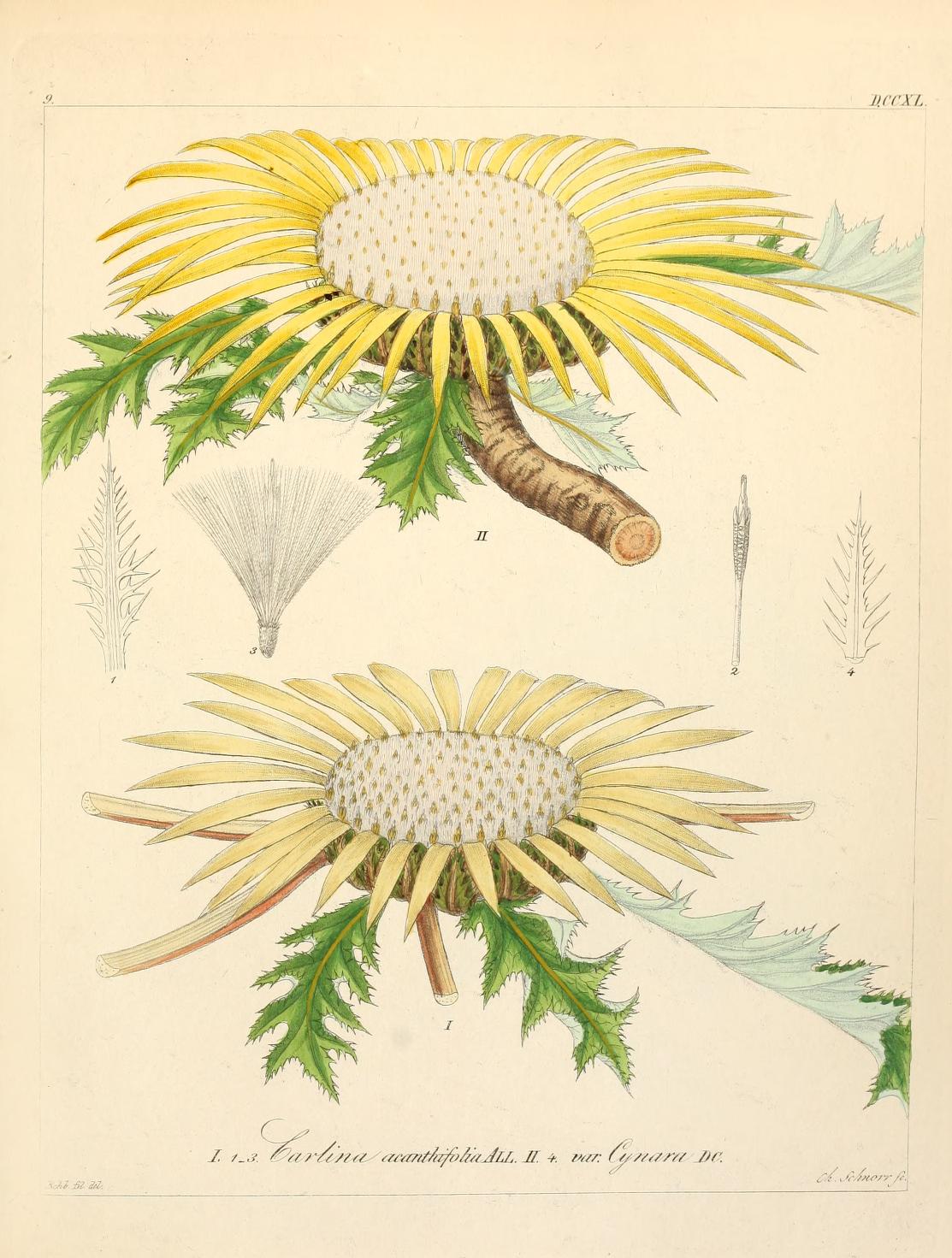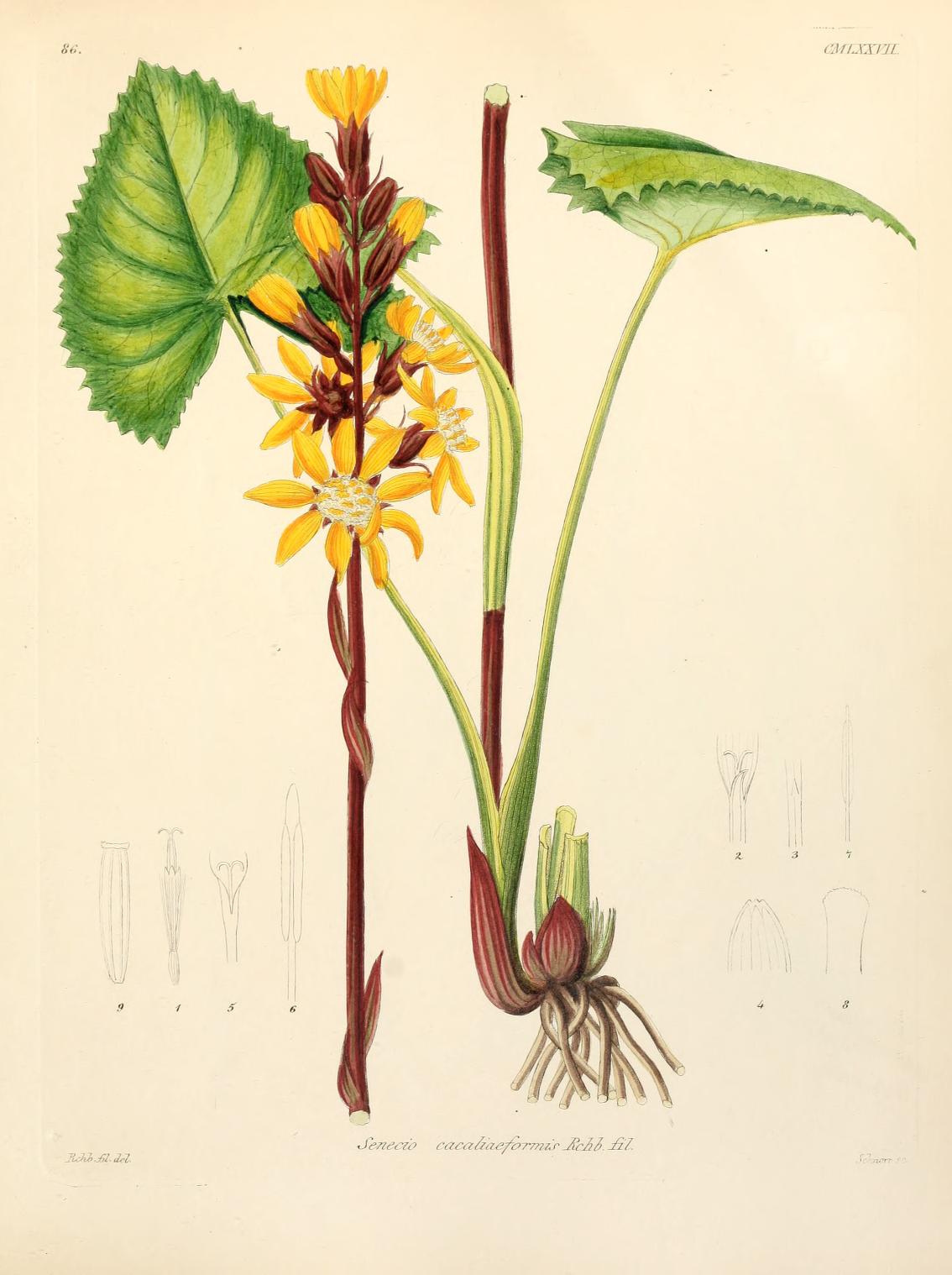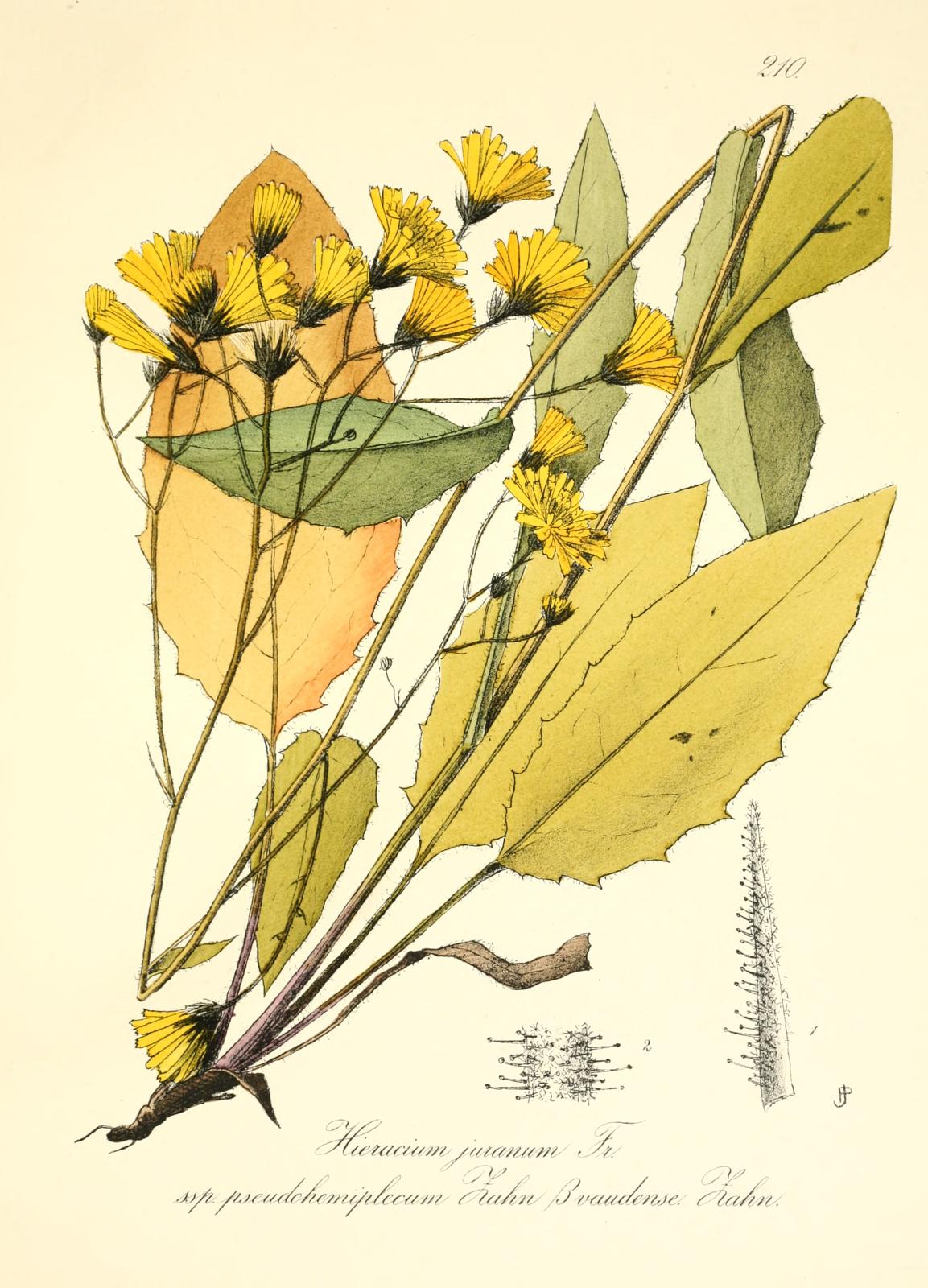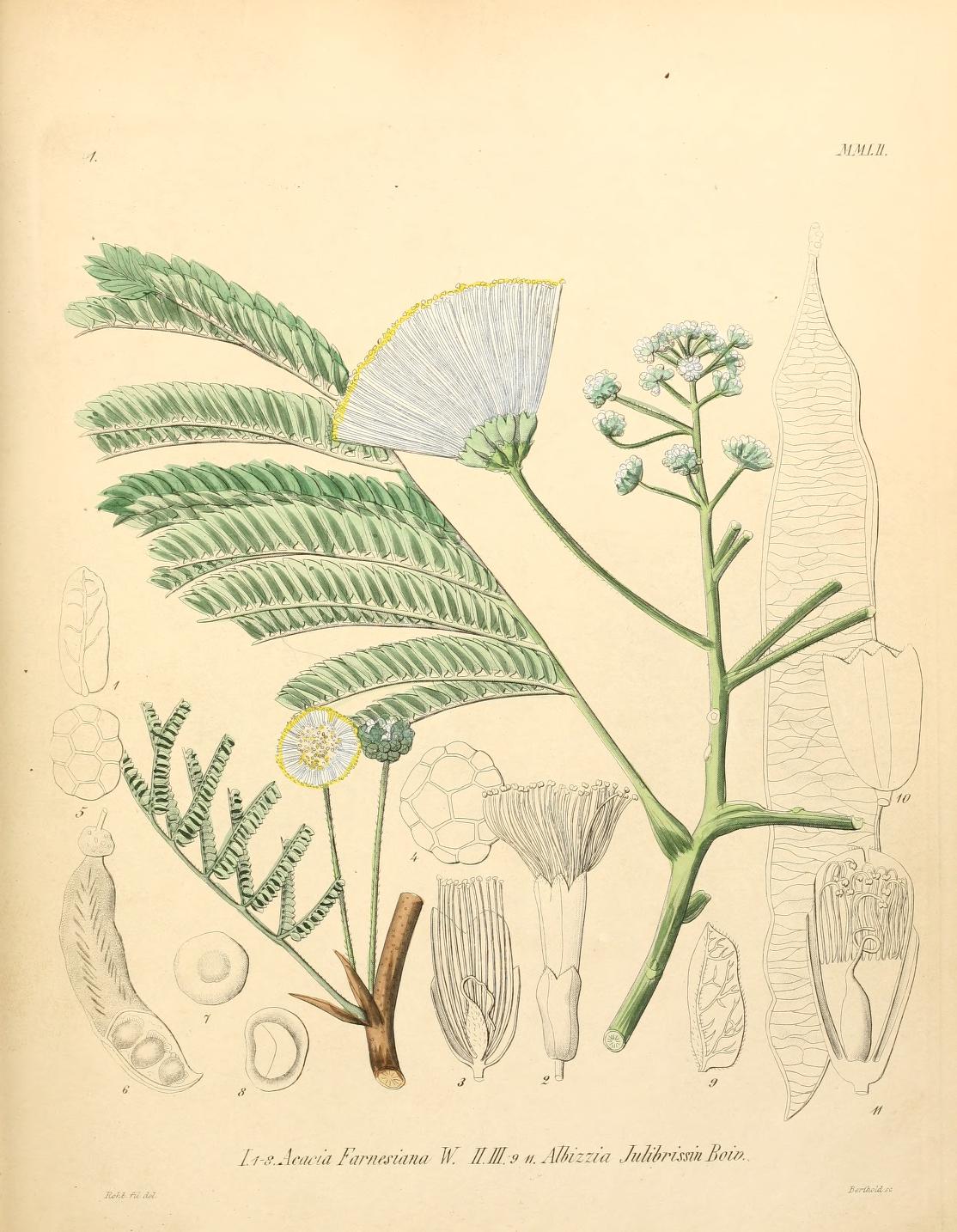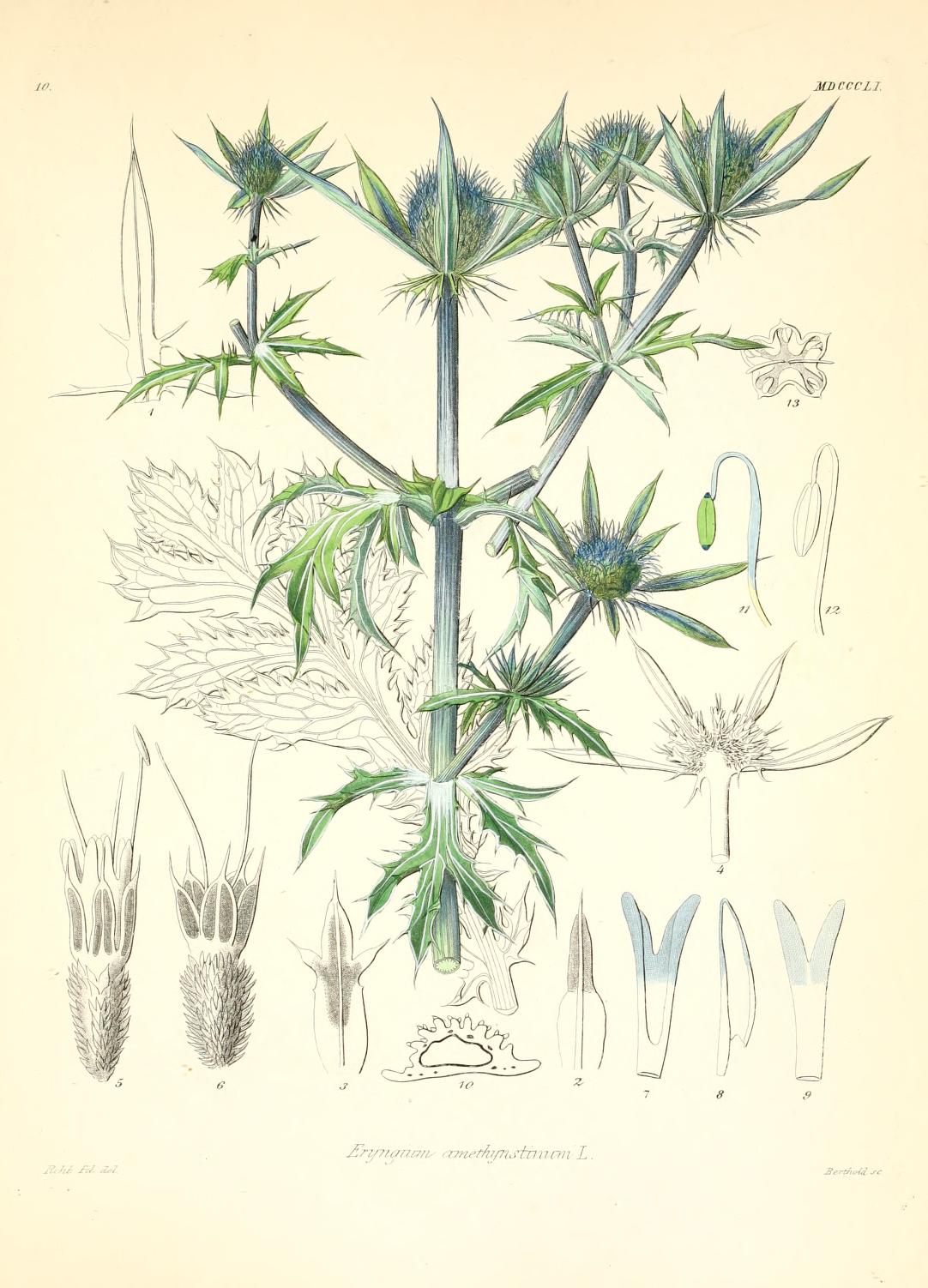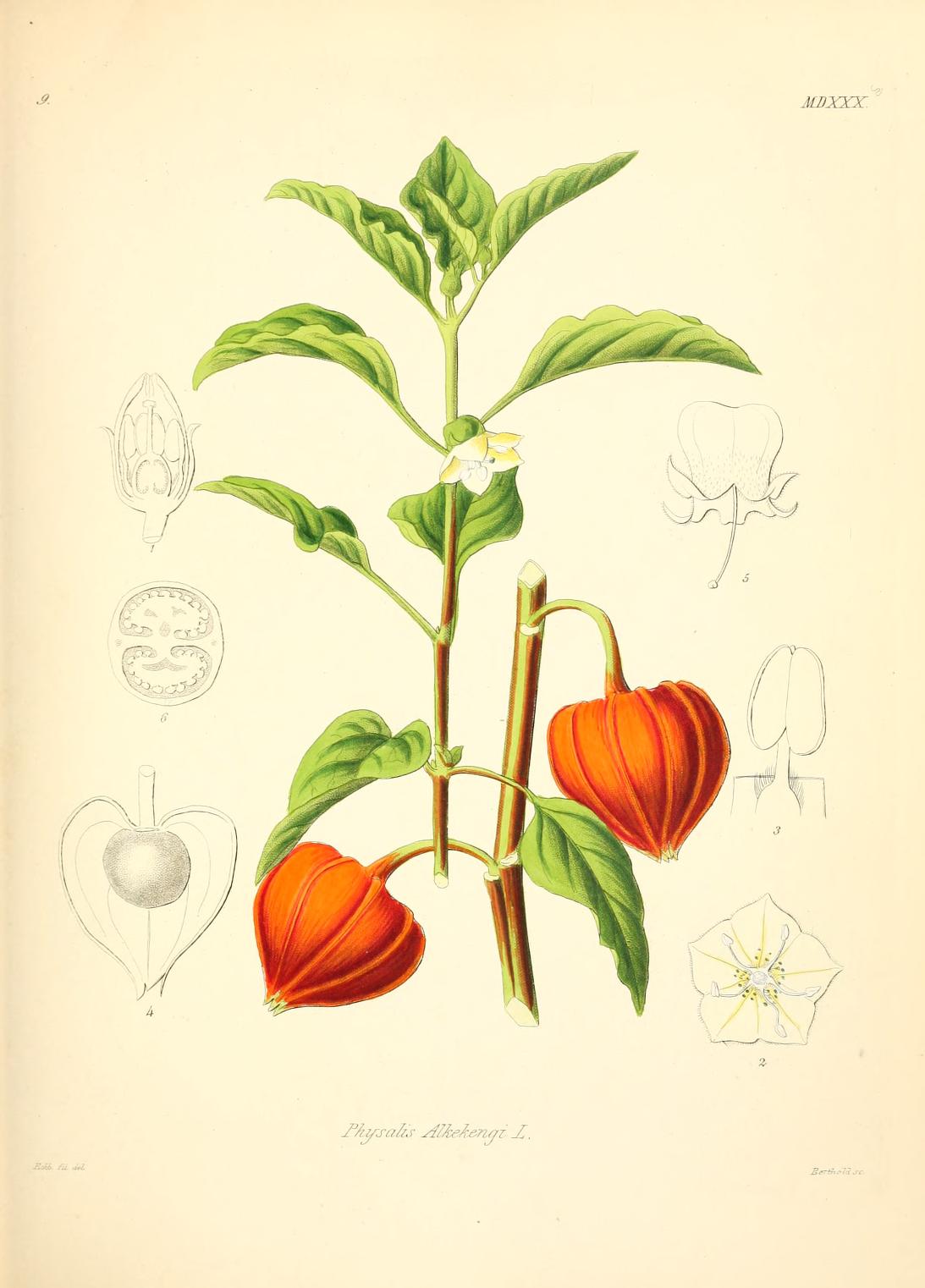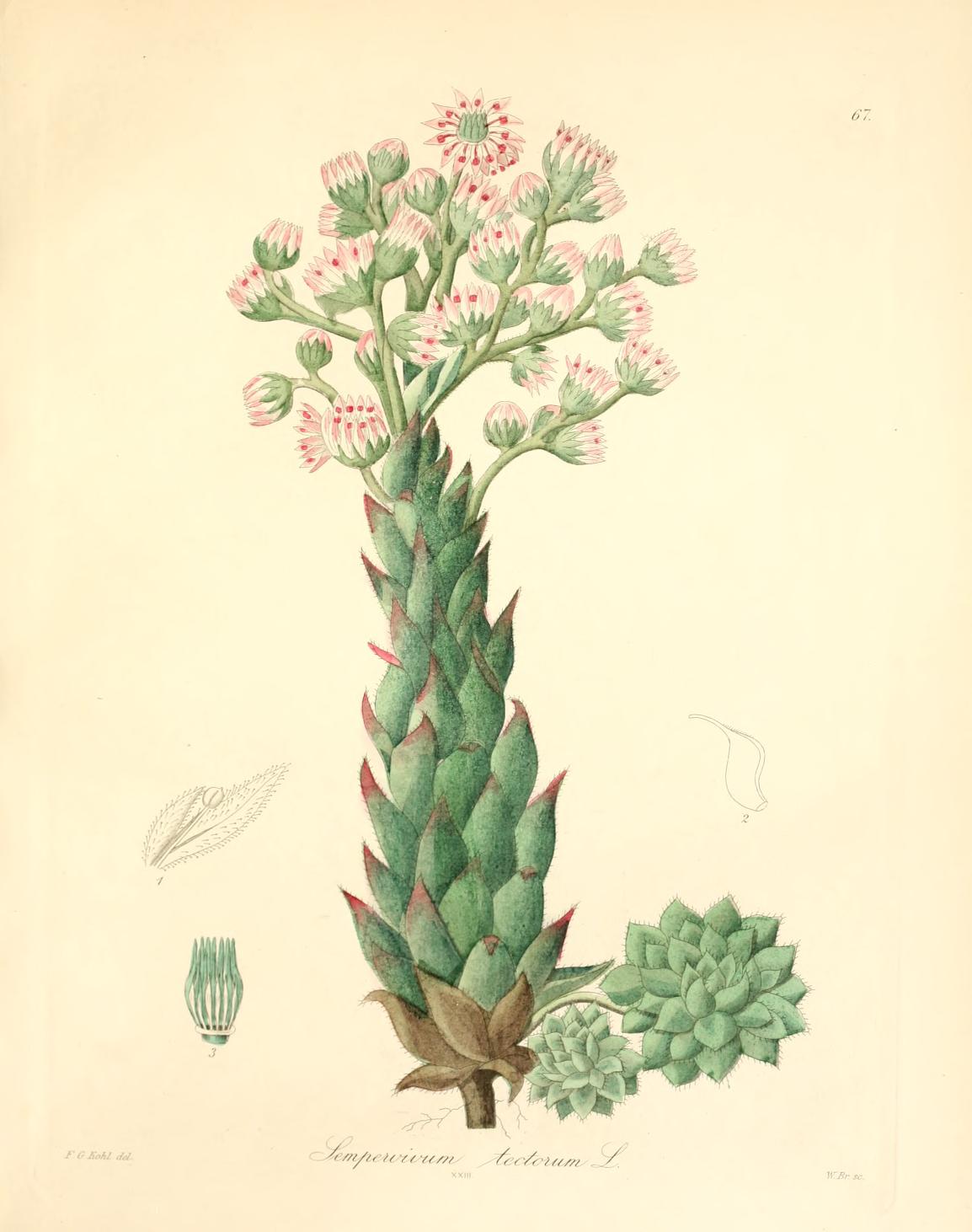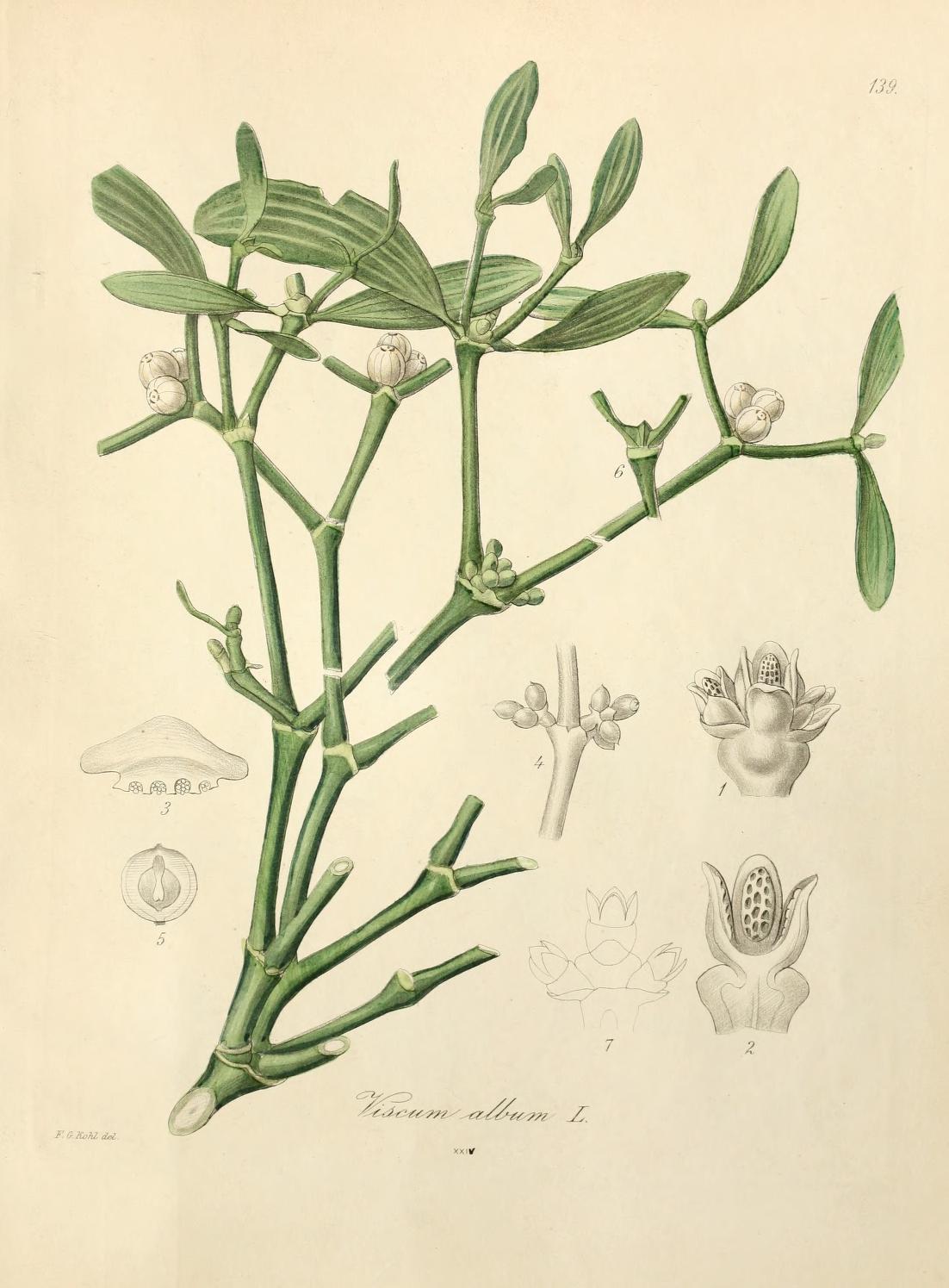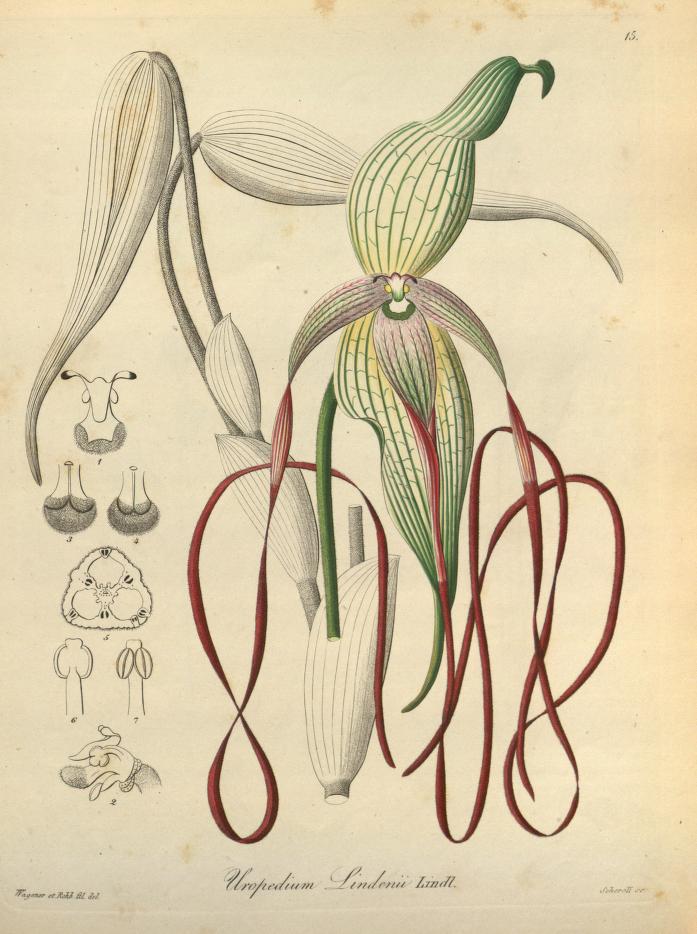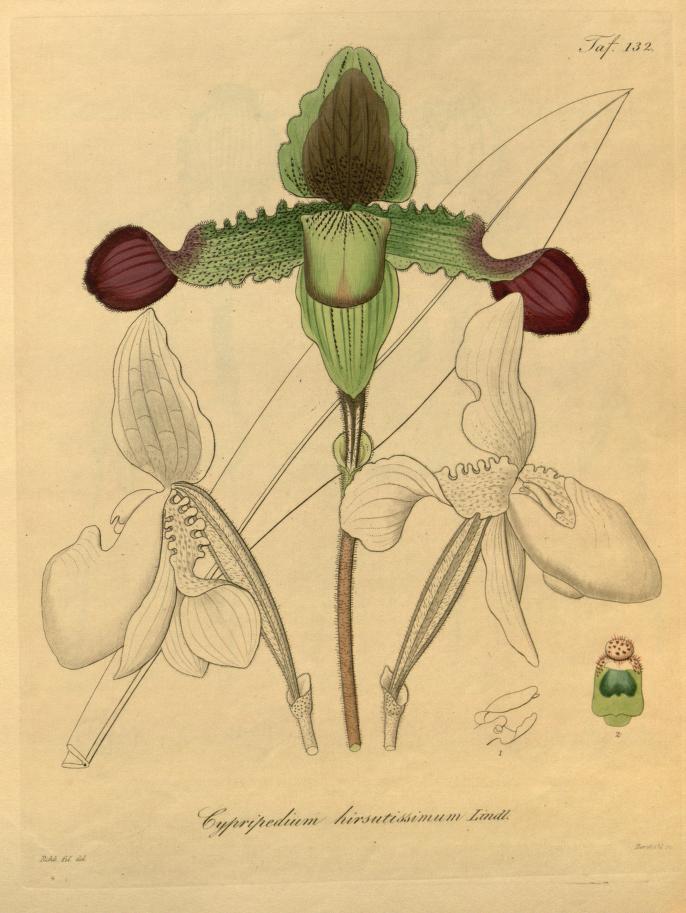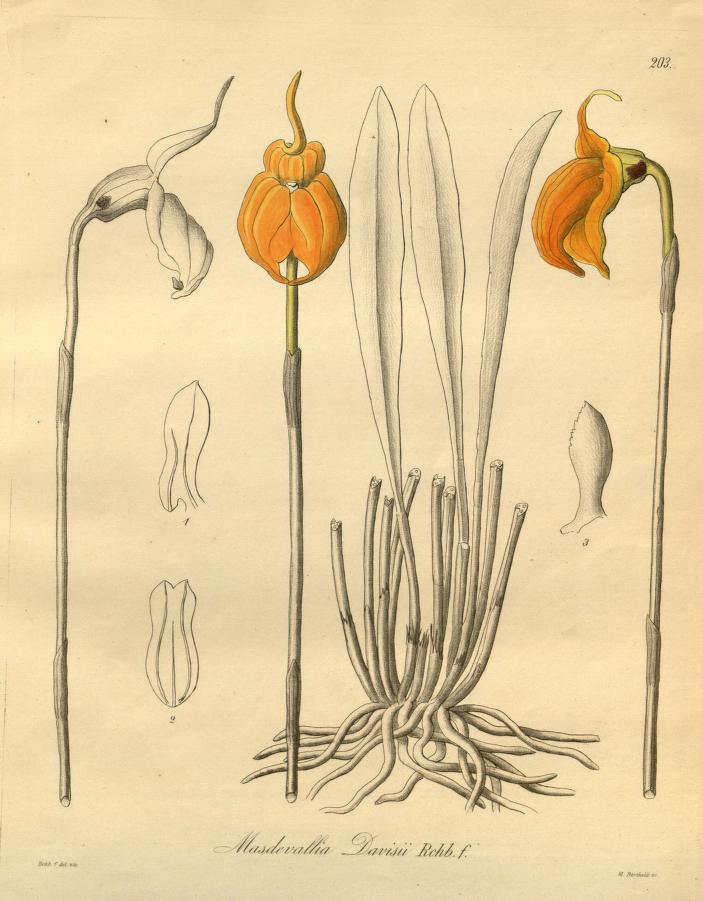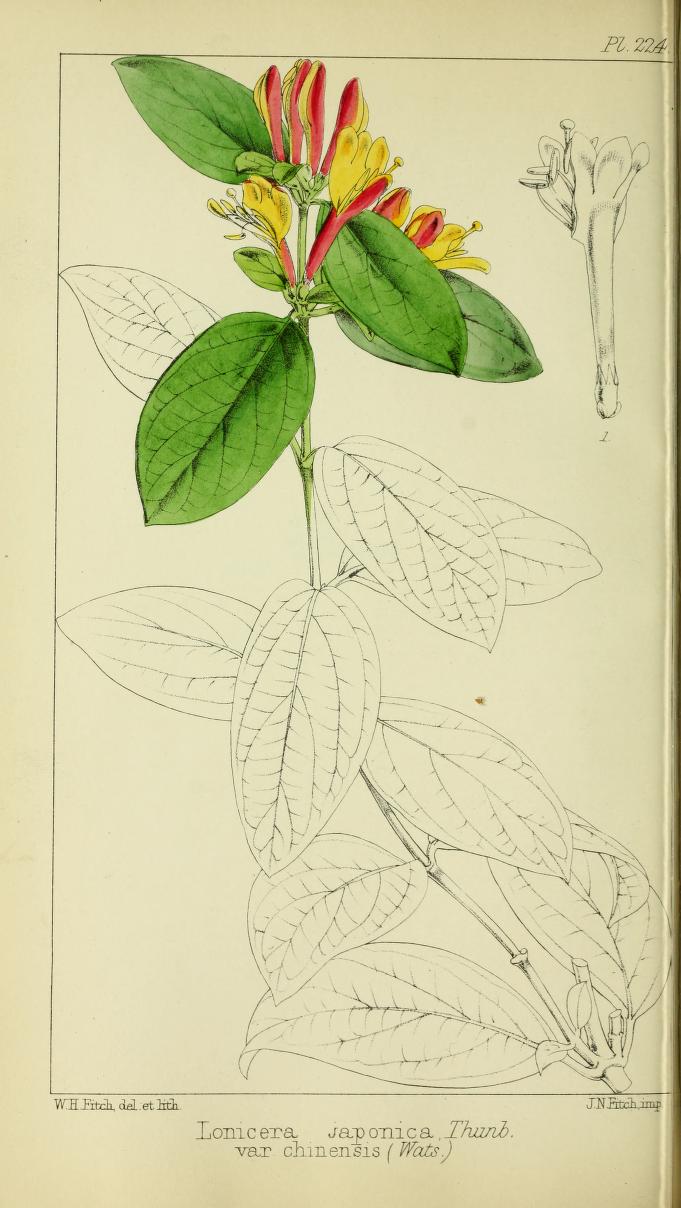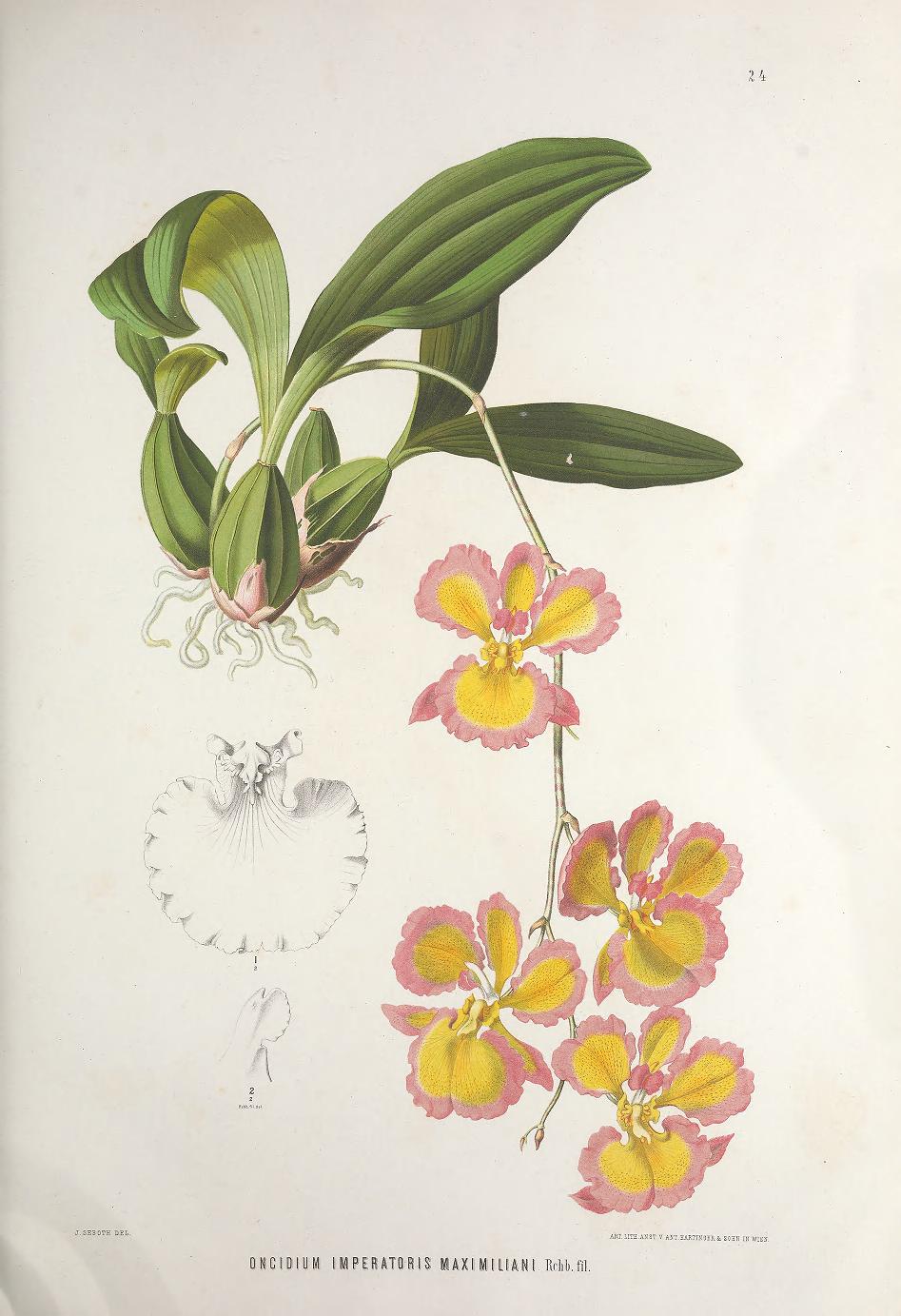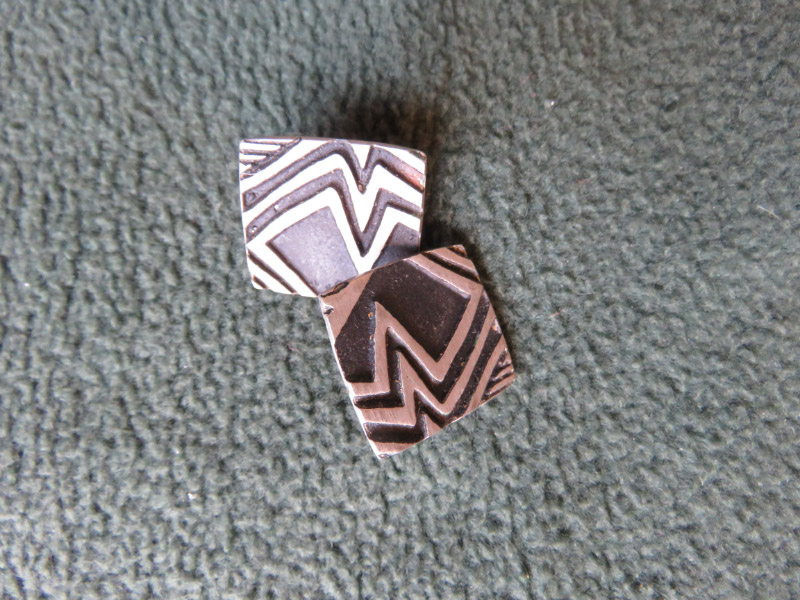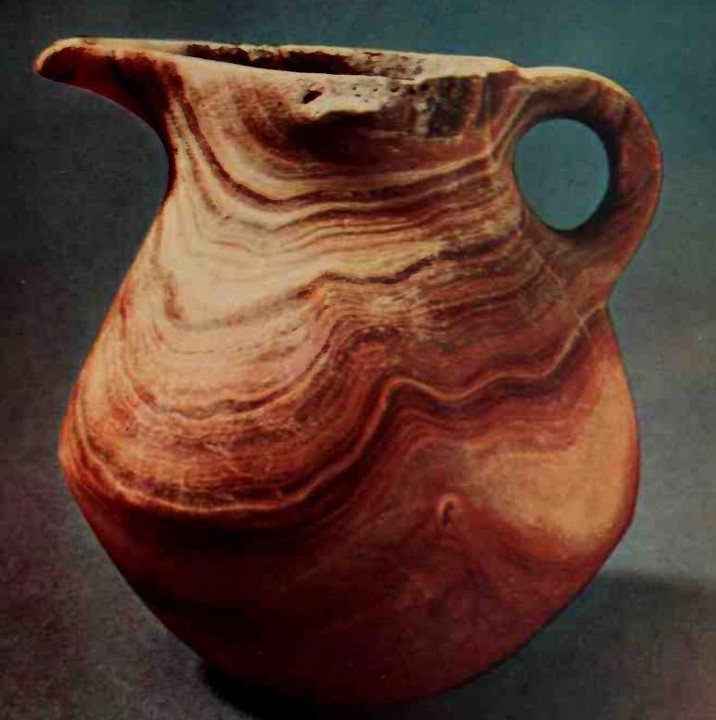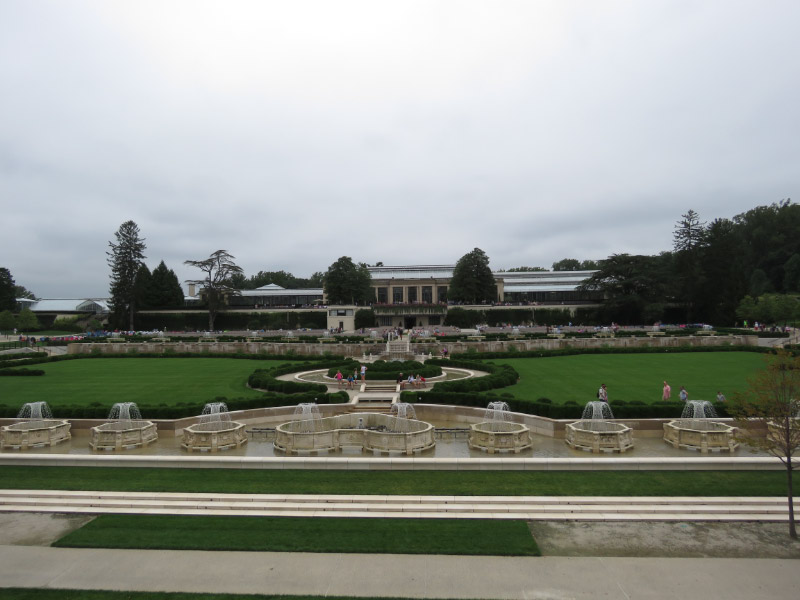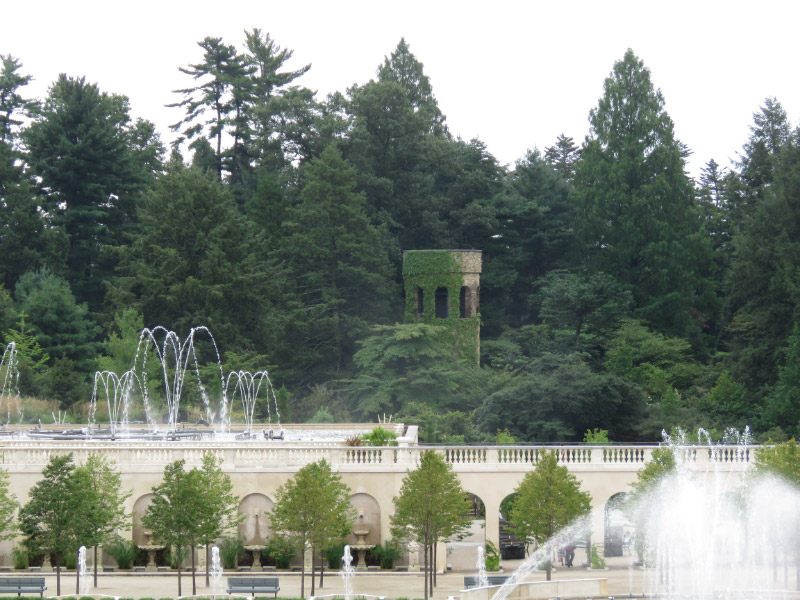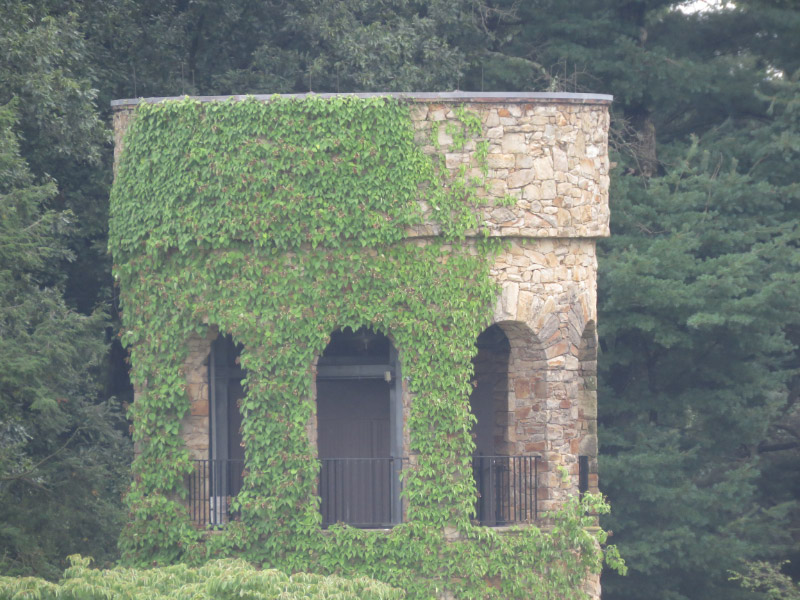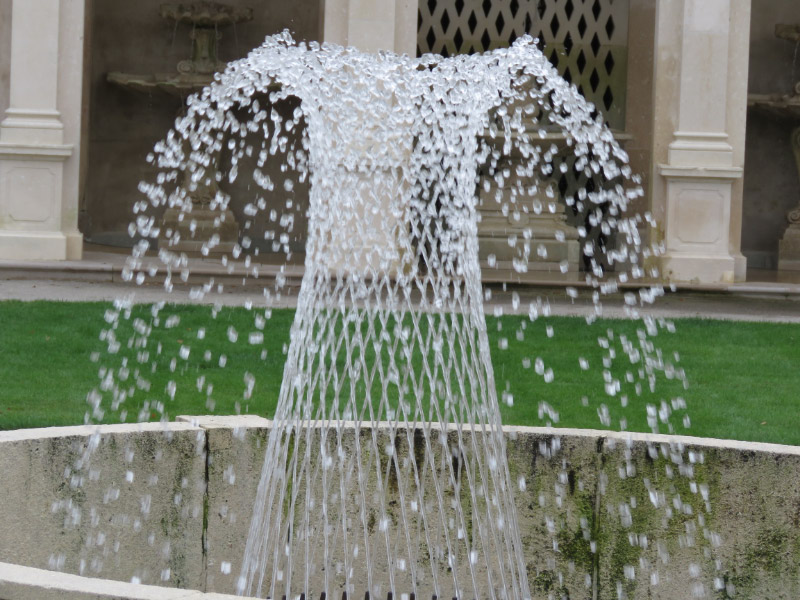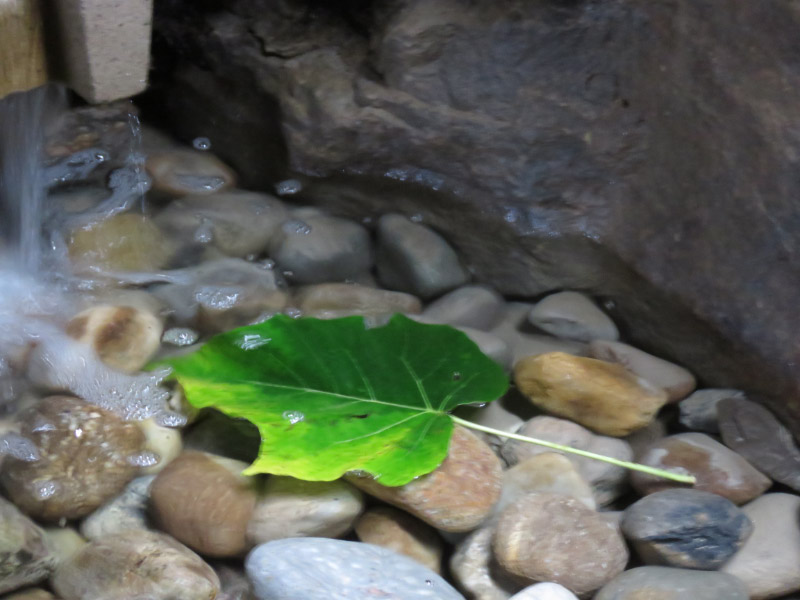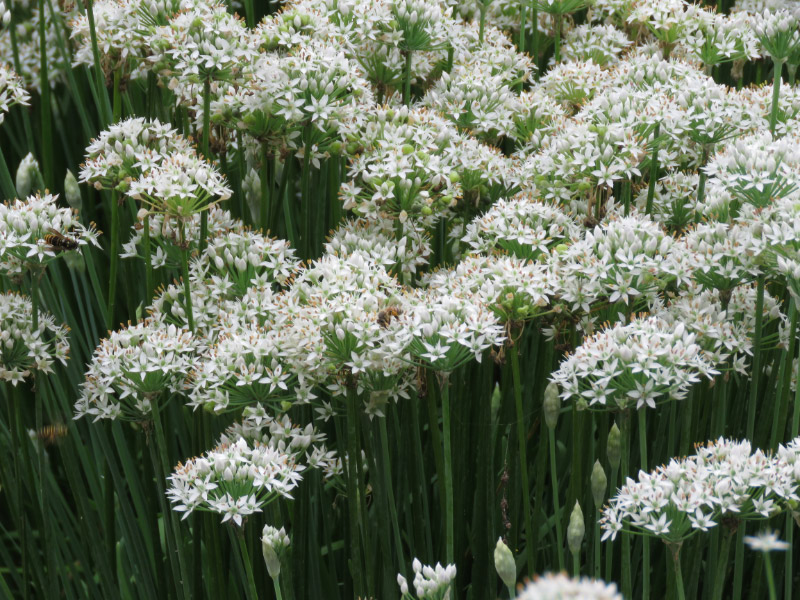eBotanical Prints – November 2018
/It was another big month for botanical print books….27 added to the big list (here) and listed in this post.
I’ll write a little more about some of the books in later posts. Today’s post is a slide show of the 27 sample images and then the list of books. There are over 1500 books in the big list of digital eBooks available online free of charge. All the books for this month are from the Internet Archive.
Westafrikanische Kautschuk-Expedition, 1899/1900 * Schlechter, Rudolf * sample image * 1900
Alpenflora; die verbreitetsten Alpenpflanzen von Bayern, Österreich und der Schweiz * Hegi, Gustav * sample image * 1922
Icones florae Germanicae et Helveticae V1 * Reichenbach, Heinrich Gottlieb Ludwig; Reichenbach, Heinrich Gustav * sample image * 1850
Icones florae Germanicae et Helveticae V2 * Reichenbach, Heinrich Gottlieb Ludwig; Reichenbach, Heinrich Gustav * sample image * 1838
Icones florae Germanicae et Helveticae V3 * Reichenbach, Heinrich Gottlieb Ludwig; Reichenbach, Heinrich Gustav * sample image * 1839
Icones florae Germanicae et Helveticae V4 * Reichenbach, Heinrich Gottlieb Ludwig; Reichenbach, Heinrich Gustav * sample image * 1840
Icones florae Germanicae et Helveticae V5 * Reichenbach, Heinrich Gottlieb Ludwig; Reichenbach, Heinrich Gustav * sample image * 1841
Icones florae Germanicae et Helveticae V6 * Reichenbach, Heinrich Gottlieb Ludwig; Reichenbach, Heinrich Gustav * sample image * 1844
Icones florae Germanicae et Helveticae V7 * Reichenbach, Heinrich Gottlieb Ludwig; Reichenbach, Heinrich Gustav * sample image * 1845
Icones florae Germanicae et Helveticae V8 * Reichenbach, Heinrich Gottlieb Ludwig; Reichenbach, Heinrich Gustav * sample image * 1846
Icones florae Germanicae et Helveticae V9 * Reichenbach, Heinrich Gottlieb Ludwig; Reichenbach, Heinrich Gustav * sample image * 1847
Icones florae Germanicae et Helveticae V10 * Reichenbach, Heinrich Gottlieb Ludwig; Reichenbach, Heinrich Gustav * sample image * 1848
Icones florae Germanicae et Helveticae V11 * Reichenbach, Heinrich Gottlieb Ludwig; Reichenbach, Heinrich Gustav * sample image * 1849
Icones florae Germanicae et Helveticae V12 * Reichenbach, Heinrich Gottlieb Ludwig; Reichenbach, Heinrich Gustav * sample image * 1850
Icones florae Germanicae et Helveticae V15 * Reichenbach, Heinrich Gottlieb Ludwig; Reichenbach, Heinrich Gustav * sample image * 1853
Icones florae Germanicae et Helveticae V16 * Reichenbach, Heinrich Gottlieb Ludwig; Reichenbach, Heinrich Gustav * sample image * 1854
Icones florae Germanicae et Helveticae V19 * Reichenbach, Heinrich Gottlieb Ludwig; Reichenbach, Heinrich Gustav * sample image * 1904
Icones florae Germanicae et Helveticae V20 * Reichenbach, Heinrich Gottlieb Ludwig; Reichenbach, Heinrich Gustav * sample image * 1903
Icones florae Germanicae et Helveticae V21 * Reichenbach, Heinrich Gottlieb Ludwig; Reichenbach, Heinrich Gustav * sample image * 1867
Icones florae Germanicae et Helveticae V22 * Reichenbach, Heinrich Gottlieb Ludwig; Reichenbach, Heinrich Gustav * sample image * 1862
Icones florae Germanicae et Helveticae V23 * Reichenbach, Heinrich Gottlieb Ludwig; Reichenbach, Heinrich Gustav * sample image * 1899
Icones florae Germanicae et Helveticae V24 * Reichenbach, Heinrich Gottlieb Ludwig; Reichenbach, Heinrich Gustav * sample image * 1899
Xenia orchidacea V1 * Reichenbach, Heinrich Gustav * sample image * 1858
Xenia orchidacea V2 * Reichenbach, Heinrich Gustav * sample image * 1874
Xenia orchidacea V3 * Reichenbach, Heinrich Gustav * sample image * 1900
Refugium botanicum V4 * Saunders, William Wilson, Reichbach, Heinrich Gustav, Baker, John Gilbert * sample image * 1871
Botanische Ergebnisse * Wawra, Heinrich, ritter von Fernsee; Krempelhuber, August von; Reichenbach, Henrich Gustav, Seboth, J. * sample image * 1866

